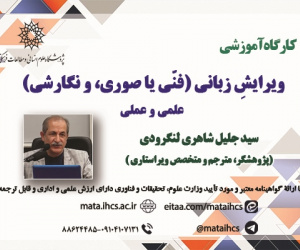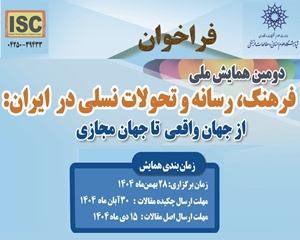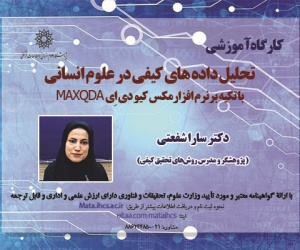پیش بینی بازدهی صندوق های قابل معامله دولتی مبتنی بر مدل های خطی و غیرخطی در الگوریتم های ماشین یادگیری (مقاله علمی وزارت علوم)
درجه علمی: نشریه علمی (وزارت علوم)
آرشیو
چکیده
هدف: پیش بینی بازدهی صندوق های دولتی بورس تهران به دلیل اهمیت آن ها در فرآیندهای تصمیم گیری اقتصاد کلان و بازارهای مالی کشور، از جایگاه ویژه ای برخوردار است. پژوهش حاضر با بهره گیری از الگوریتم های پیشرفته یادگیری ماشین، نظیر ماشین بردار پشتیبان (SVM) و رگرسیون خطی، مدلی برای پیش بینی بازدهی این صندوق ها ارایه می دهد. هدف اصلی، بهبود استراتژی های اقتصادی و سرمایه گذاری در سطح دولت و نهادهای مالی با تحلیل دقیق بازدهی این صندوق ها است.روش شناسی پژوهش: این پژوهش از نظر هدف کاربردی و از نظر روش توصیفی-همبستگی است. داده های صندوق های دولتی بورس تهران شامل دوره زمانی چهارساله (1399 تا 1402) از پایگاه مرکز اطلاع رسانی و فناوری بورس تهران (فیپ ایران) استخراج شده است. تحلیل داده ها با استفاده از دو الگوریتم یادگیری ماشین (SVM و رگرسیون خطی) در نرم افزار R انجام شد. به دلیل ترکیب متفاوت دارایی ها، صندوق های پالایش یکم و دارایکم به عنوان نمونه های اصلی انتخاب شدند.یافته ها: نتایج نشان داد که الگوریتم های SVM و رگرسیون خطی می توانند بازدهی صندوق های دولتی را با دقت بالایی پیش بینی کنند. به طور خاص، صندوق پالایش یکم به دلیل ترکیب دارایی های کمتر متنوع و بازار ناکارای تهران، با خطای کمتری پیش بینی شد. مقایسه عملکرد الگوریتم ها نشان داد که هر دو روش دقت مناسبی داشته و برای پیش بینی های آتی قابل استفاده هستند.اصالت/ارزش افزوده علمی: این پژوهش با استفاده از الگوریتم های یادگیری ماشین، مدلی کاربردی برای پیش بینی بازدهی صندوق های دولتی بورس تهران ارایه کرده است. یافته های پژوهش می توانند در تصمیم گیری های اقتصادی و سرمایه گذاری در سطح دولت و سایر نهادهای مالی مورداستفاده قرار گیرند.Forecasting the return of government exchange-traded funds based on linear and nonlinear models in machine learning algorithms
Purpose: Predicting the performance of government Exchange-Traded Funds (ETFs) in the Tehran Stock Exchange holds a significant position due to their importance in macroeconomic decision-making and financial markets. This study aims to develop a model for predicting the returns of these funds using advanced machine learning algorithms, such as Support Vector Machines (SVM) and Linear Regression. The primary objective is to enhance economic and investment strategies at the governmental and institutional levels through accurate return analysis of these funds.Methodology: The study is applied in terms of purpose and descriptive-analytical in terms of methodology. Data for government ETFs in the Tehran Stock Exchange, covering the four years (2020–2023), were collected from the Tehran Stock Exchange Technology and Information Center (FIP Iran). Data analysis was conducted using two machine learning algorithms (SVM and Linear Regression) in R software. Due to the differences in asset composition, the ETFs "Palaayesh-e-Yekam" and "Daaraay-e-Yekam" were selected as the primary samples.Findings: The results indicated that SVM and Linear Regression algorithms could predict the returns of government ETFs with high accuracy. Specifically, the "Palaayesh-e-Yekam" ETF, due to its less diverse asset composition and the inefficient Tehran market, exhibited lower prediction errors. The comparison of algorithm performance showed that both methods provided satisfactory accuracy and are suitable for future forecasting in this domain.Originality/Value: By employing advanced machine learning algorithms, this research presents a practical model for predicting the returns of government ETFs in the Tehran Stock Exchange. The findings can be utilized in economic and investment decision-making at the governmental and institutional levels.







